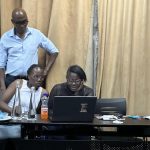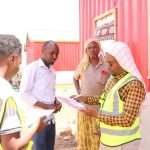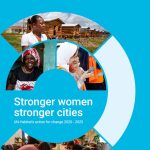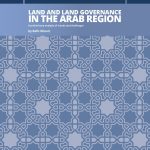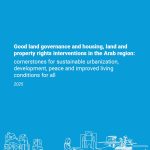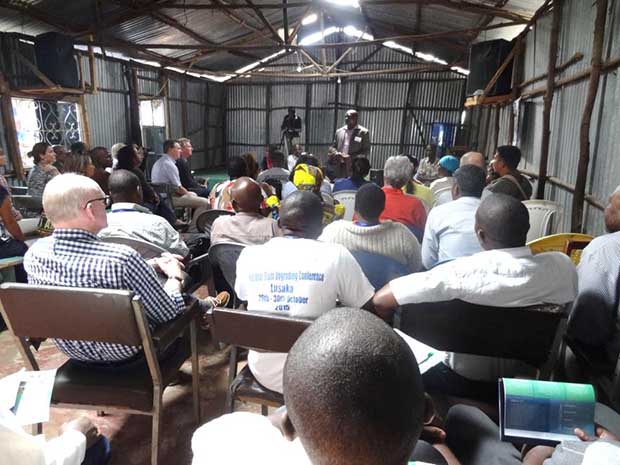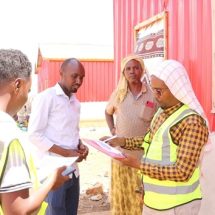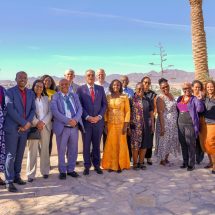On November 2, 2015, GLTN partners visited Mashimoni settlement, one of the villages in Mathare slum, a populated slum area in Nairobi, Kenya. The settlement started around 1975 when the Kenya Air Force stopped using the area as shooting range. It covers approximately 10.2 acres and is densely populated (Source: Pamoja Trust, 2014). Mashimoni was one of the areas piloted for STDM implementation in Kenya. Enumeration exercises in the settlement started in 2011 while mapping exercises were undertaken in 2014 where around 1,362 households were mapped (exercise still ongoing).
The visit aimed to show the real situation of the settlement and share the experience and results of STDM implementation in Mashimoni.
The Settlement Executive Committee (SEC) of Mashimoni welcomed the GLTN partners and shared the history of the settlement. A transect walk was organized with the members of the settlement guiding the partners within the boundaries of the community. Impressions, observations and realizations were exchanged with members of the community and partners alike as the walk progressed.

Joseph Arthur, a member of the STDM, made a presentation on how the settlement implemented STDM and how the tool helped in empowering the settlement with regard to accessing services, negotiating with utility companies and planning for their settlement. The GLTN partners engaged the members of SEC and STDM Team on discussions regarding their observations on the general condition of the settlement and how decisions were made or to be made on various concerns of the settlement by the SEC.
STDM made it possible for the members of the settlement to gather and record their tenure rights (e.g. structure owner, tenant, etc.) and store these data on the STDM tool. Members of the settlement were trained on STDM and managed the community data on their own. The School of Hope was identified as the resource centre where the computer was set up with the STDM software, with existing information that needed to be verified and updated. The resource centre also offers space for students to do their homework and to study. A Settlement Executive Committee (SEC) exists in the community, composed of representatives from the groups of women, widow, structure owners, tenants, youth, village leaders, among others, and ensures community participation in every decision-making process.
After several years of negotiations on giving out the land to the actual occupants, the settlement has been selected for tenure regularization under the Kenya Informal Settlements Improvement Programme (KISIP). STDM provided a basis for the identification of beneficiaries under KISIP. STDM provided a basis for identification of beneficiaries under KISIP. The STDM Team from Mashimoni are also already sharing their skills to neighbouring settlements.
In their own words, residents of Mashimoni have since earned a ‘voice’ in planning issues pertaining to the area. Through a common voice, they have managed to secure the provision of services in the area. Notable achievements were the construction of a sewer line for the area and the connection of power supply. Further to this, the road passing through the area was a major breakthrough in terms of securing services for the area.

The visit broadened the partners’ understanding on the STDM tool and gave them an idea of the possible results the tool may yield extending from the documentation of tenure rights of occupants to tenure regularization, settlement upgrading, settlement planning, environmental management and access to services. Indeed, the range of information from the STDM tool has so much power that it can be used to improve lives of informal communities.

